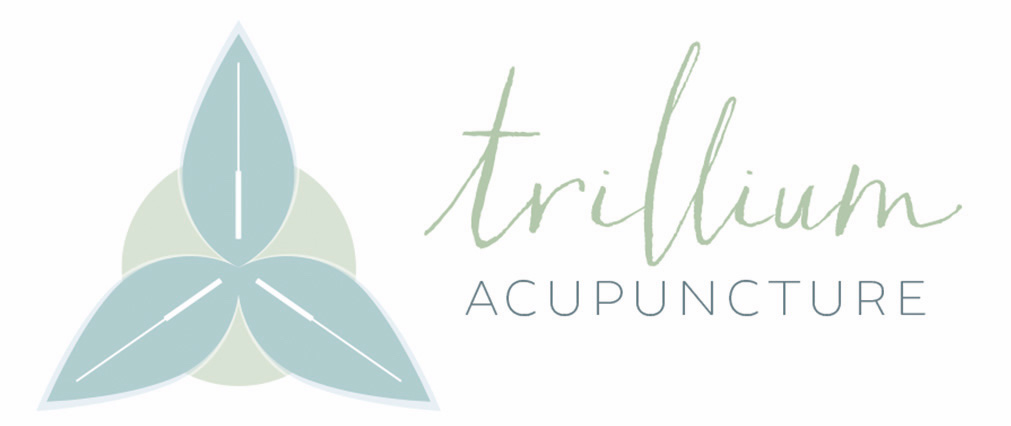
If you’ve been thinking about trying acupuncture but aren’t sure what to expect, this article just might be the best place to start. Let’s explore the basic concepts that form the foundation of acupuncture, including the nature of Qi, Blood, Yin, and Yang, and how these elements influence health and healing.
What Is Acupuncture?
Acupuncture is a key component of Traditional Chinese Medicine (TCM) that involves the insertion of thin needles into specific points on the body. These points are located along channels or meridians. Meridians are defined pathways through which vital energy, or Qi, flows. The practice dates back more than 2,000 years, though some archaeological findings suggest even earlier origins.
Acupuncture aims to restore balance within the body, allowing natural healing processes to take over. The World Health Organization (WHO) recognizes acupuncture as a viable treatment for various conditions including chronic pain, insomnia, migraines, and even stress-related disorders. But to truly understand how acupuncture works, we need to explore the conceptual framework behind it.
The Concept of Qi
Qi (pronounced “chee”) is the cornerstone of TCM. It is often translated as “vital energy” or “life force,” but its meaning is broader. Qi is the invisible force that animates life and connects everything in the universe. It flows through the body in pathways known as meridians, nourishing organs and tissues.
When Qi is abundant and flows freely, we experience health and vitality. When Qi is deficient, stagnant, or blocked, illness and discomfort can occur. Different forms of Qi exist, including:
- Yuan Qi: Original Qi inherited at birth.
- Zong Qi: Gathered from air and food.
- Wei Qi: Defensive Qi that protects against illness.
Acupuncture aims to regulate the flow of Qi, clearing blockages and restoring harmony to the system. “Where there is pain, there is no free flow. Where there is free flow, there is no pain.”
— Chinese Medical Proverb
Blood
In TCM, Blood is more than a physiological substance; it is also an energetic entity. While it nourishes and moistens the body physically, Blood also houses the Shen (the spirit or mind) and is closely related to emotional and mental health.
Blood is said to be generated from Qi and, in turn, nourishes Qi, creating a dynamic relationship. Qi moves the Blood, while Blood anchors Qi. If the Blood is deficient, symptoms like dizziness, palpitations, dry skin, and insomnia may arise.
An acupuncturist might use specific points to invigorate Blood, remove stasis (i.e., stagnation), or tonify it to address deficiencies. Treatments often include dietary advice and herbal formulas alongside needling to build and circulate Blood.
Yin and Yang
The theory of Yin and Yang is one of the most profound contributions of Chinese philosophy. It represents dualities that exist in all things: light and dark, heat and cold, rest and activity. Yin is passive, cool, and nourishing; Yang is active, warm, and energetic.
In the human body, these forces must remain in dynamic balance. For instance:
- Yin Deficiency: May manifest as night sweats, dry mouth, or insomnia.
- Yang Deficiency: Can result in cold limbs, fatigue, or low libido.
- Yin Excess: Often shows as sluggishness, water retention, or chills.
- Yang Excess: Can cause fever, irritability, or high blood pressure.
Acupuncture points are selected based on whether the practitioner seeks to tonify Yin, support Yang, or harmonize the two. Treatments might also consider seasonal influences or a person’s constitution to restore equilibrium.
How Acupuncture Works
Modern research provides several possible mechanisms for how acupuncture achieves its effects:
- Neurotransmitter Release: Needling stimulates the central nervous system, releasing endorphins and serotonin.
- Improved Blood Flow: Local stimulation can enhance microcirculation and oxygenation.
- Stress Reduction: Acupuncture lowers cortisol and improves parasympathetic tone, promoting relaxation.
- Modulation of Inflammation: Studies show changes in cytokine levels and immune response following acupuncture treatments.
While more research is needed to fully understand its mechanisms, many patients report profound changes after sessions, often in ways conventional medicine can’t easily quantify.
What to Expect at an Acupuncture Session
If you’re new to acupuncture, here’s what a typical session might involve:
- Initial Intake: A thorough review of physical, emotional, and lifestyle factors.
- Tongue and Pulse Diagnosis: Tools used to assess internal imbalances.
- Needle Insertion: Hair-thin needles are placed at specific points for 20–40 minutes.
- Aftercare: You may feel deeply relaxed, slightly tired, or energized.
Acupuncture is generally safe when performed by a licensed practitioner. Side effects are rare and may include minor bruising or lightheadedness.
Holistic Healing
Acupuncture isn’t just about inserting needles, it’s a holistic practice rooted in the belief that body, mind, and spirit are interconnected. It views symptoms not in isolation, but as part of a larger pattern. This perspective empowers people to understand their health in terms of balance, not just disease.
Moreover, acupuncture works best not as a quick fix but as part of an ongoing process of self-care. Many patients use it as preventive medicine or alongside other treatments for chronic conditions. In today’s chaotic world, what part of your life feels out of balance, and what might it mean to bring flow back into that space?
Now that you have a better understanding of the philosophy behind acupuncture and what an initial appointment might look like, what are you waiting for? Call today and start the process of getting your life back into balance.

